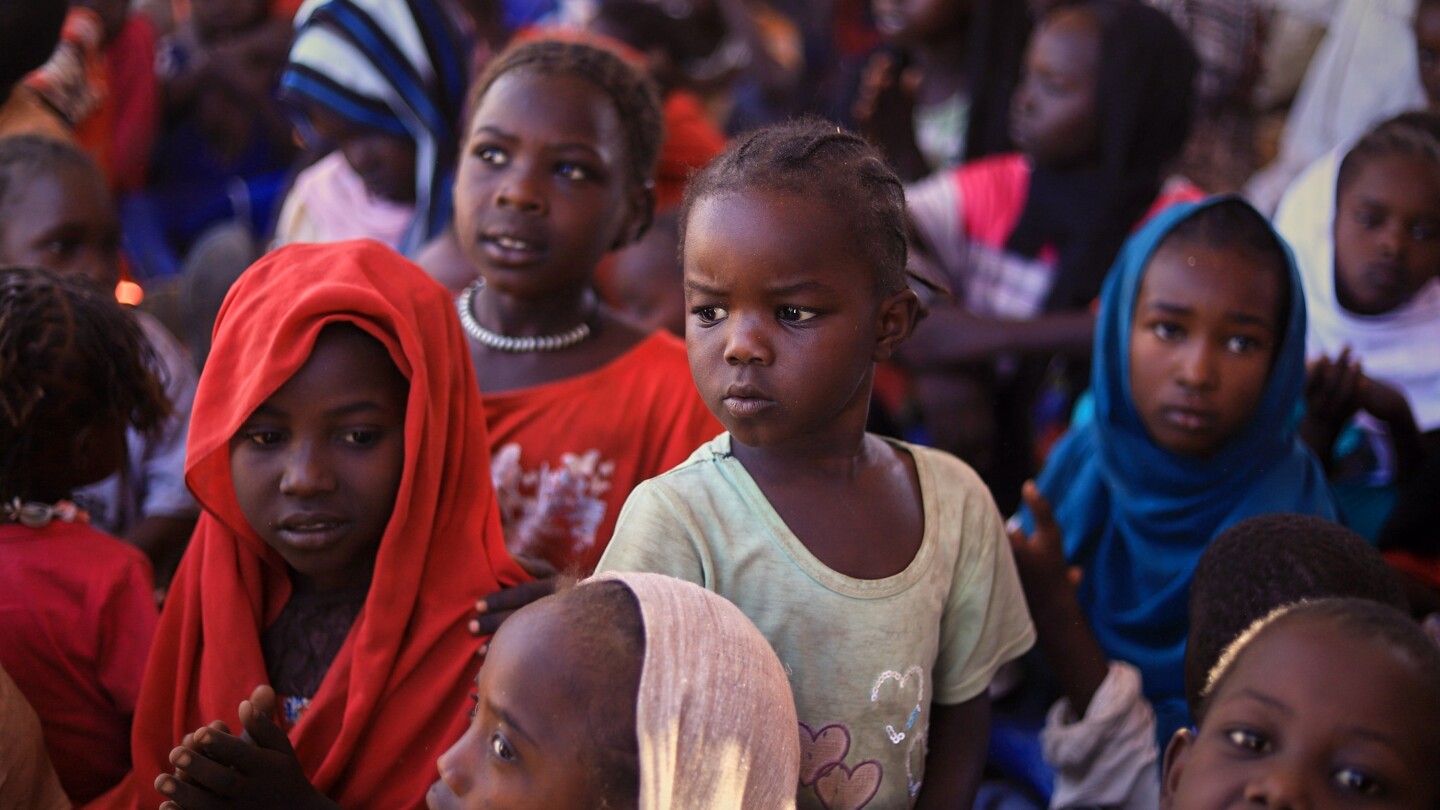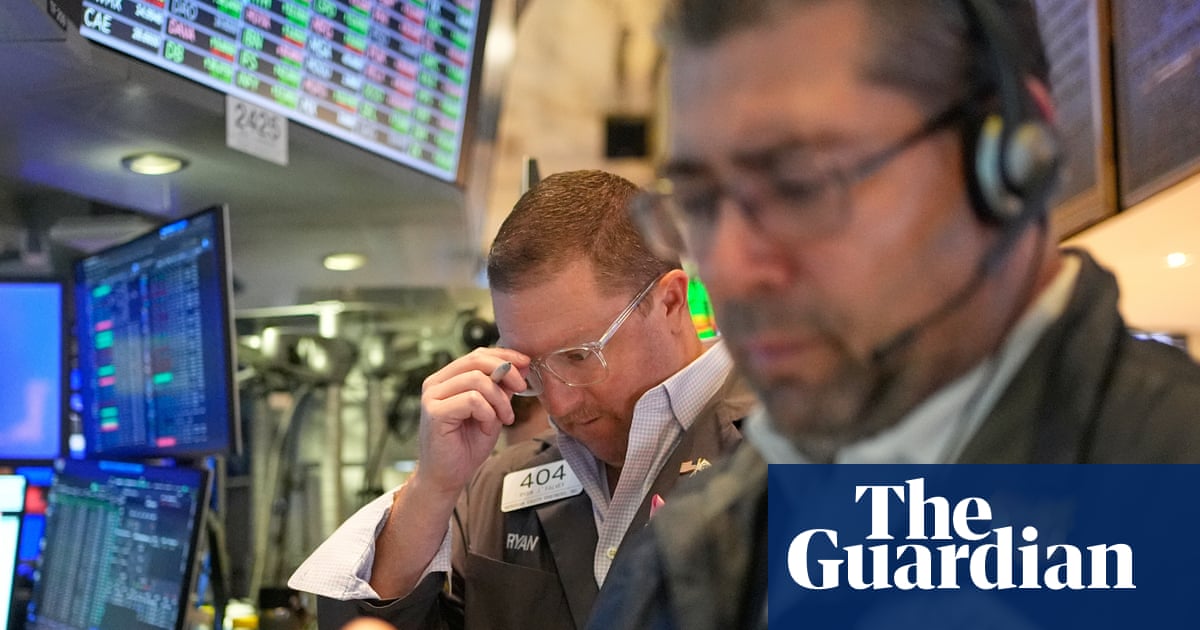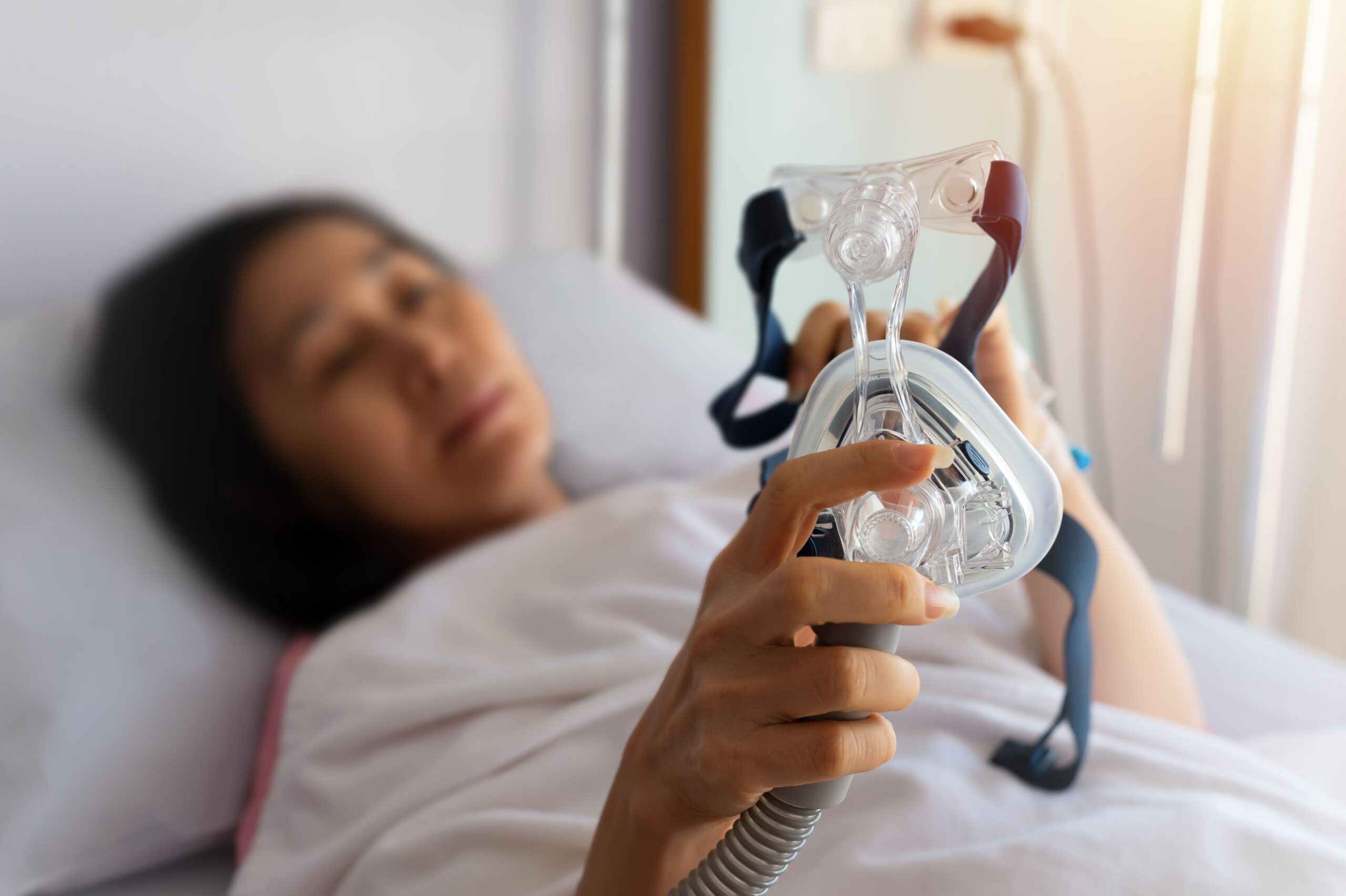Paris, France (6 November 2025) – EssilorLuxottica today announced the evolution of its Essilor Stellest platform at the China International Import Expo (CIIE) in Shanghai. Building on the Group’s forty-five years of research and innovation in myopia management, the enhanced Essilor Stellest portfolio reinforces EssilorLuxottica’s commitment to addressing the needs of the 740 million children worldwide projected to suffer from myopia by 20501 through innovative, clinically proven solutions.
The new Essilor Stellest 2.0 lenses deliver significantly higher efficacy in slowing the axial elongation of the eye that causes myopic vision. A recent study2 shows that the new design further supports effective myopia management, by generating a stronger optical signal, delivering double the mean optical power3. Drawing on the success of Essilor Stellest lens – the first-ever FDA-market authorized spectacle lens clinically proven to slow down myopia progression in children4 –, Essilor Stellest 2.0 lenses are currently available in Greater China, with expansion to other key markets planned from 20265.
Recognizing the critical role of delaying myopia onset in long-term management, Essilor Stellest plano pair lenses is moving toward early intervention by introducing clinically validated solutions for children at risk of developing myopia. Clinical research shows that postponing myopia onset by just one year can offer benefits comparable to over two years of slowed progression6,7. One of the world’s first randomized, controlled, independent trials on plano lenses for delaying myopia onset6 found that children aged 6–12 at risk of myopia who wore Essilor Stellest plano pair lenses for more than 30 hours per week experienced slower axial elongation. This innovation marks a major step from myopia management toward evidence-based prevention. Essilor Stellest plano pair lenses are available in Greater China5.
At CIIE, EssilorLuxottica also showcased for the first time the Essilor Stellest Smartglasses, expanding its smart technologies to the Essilor Stellest brand. Equipped with Essilor Stellest lenses, the glasses track wearing time and patterns, provide behavioral insights and help respect wearing compliance, critical to the efficiency in myopia management. Essilor Stellest Smartglasses will be available in Mainland China starting Q1 2026.
“At the forefront of med-tech innovation, we are transforming myopia management with our Essilor Stellest platform. By combining advanced lens technology with smart features, we enable early intervention, promote healthy wearing habits, and accelerate progress in slowing myopia progression in children. Our purpose is clear: turning evidence into action and technology into empowerment. By working closely with industry partners and advancing evidence-based innovation, we aim to deliver even more groundbreaking solutions, reinforcing our commitment to advancing eye health for the next generation,” said Francesco Milleri, Chairman and CEO, and Paul du Saillant, Deputy CEO of EssilorLuxottica.
Notes:
1. Holden BA, Fricke TR, Wilson DA, et al. Global Prevalence of Myopia and High Myopia and Temporal Trends from 2000 through 2050. Ophthalmology. 2016;123(5):1036-1042. doi:10.1016/j.ophtha.2016.01.006.
2. Based on 12-month results from a prospective, randomized, double-masked contralateral crossover clinical trial conducted in Singapore on 50 children. EssilorLuxottica data on file (2025).
3. Twice the power refers to two (or more) times the depth of volume of non-focused light (by design) compared to that of Essilor Stellest lenses—and is not associated with a doubling of lens power, lenslet power, or efficacy.
4. Compared to single vision lenses. Results from a prospective, randomized, double-masked, multicenter U.S. clinical trial in myopic children aged 6–12 years at initiation of treatment.
5. Essilor Stellest 2.0 and Essilor Stellest plano pair (for pre-myopia) are not currently available in the U.S.
6. Zhang Z, Zeng L, Gu D, et al. Spectacle Lenses With Highly Aspherical Lenslets for Slowing Axial Elongation and Refractive Change in Low-Hyperopic Chinese Children: A Randomized Controlled Trial. Am J Ophthalmol 2025; 269: 60–68 Click here to view the study.
7. Bullimore MA, Brennan NA. Myopia: An ounce of prevention is worth a pound of cure. Ophthalmic Physiol Opt. 2023 Jan;43(1):116-121. doi: 10.1111/opo.13058. Epub 2022 Oct 5. PMID: 36197452.
DOWNLOAD THE PRESS RELEASE







